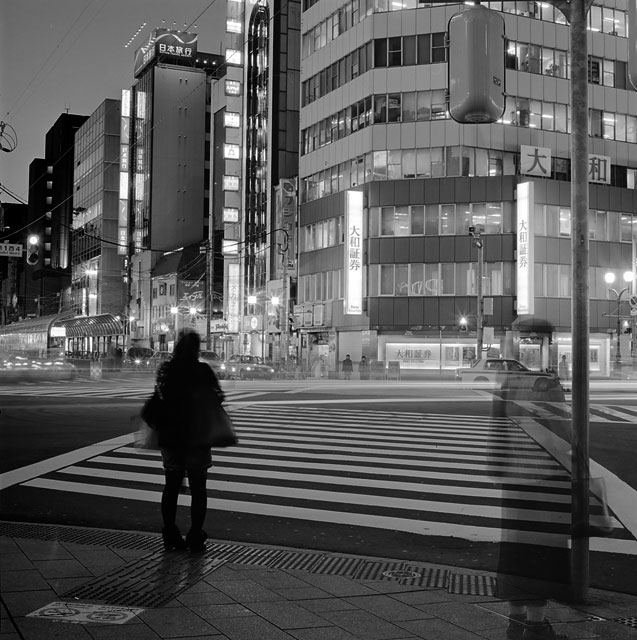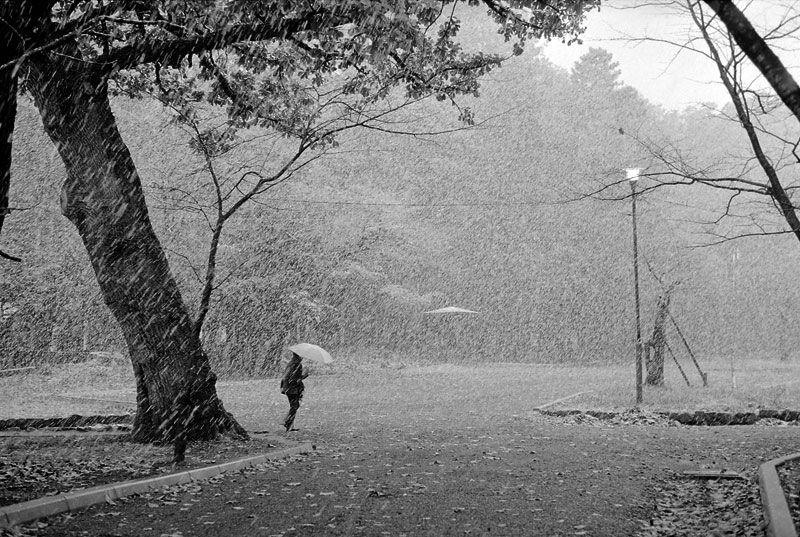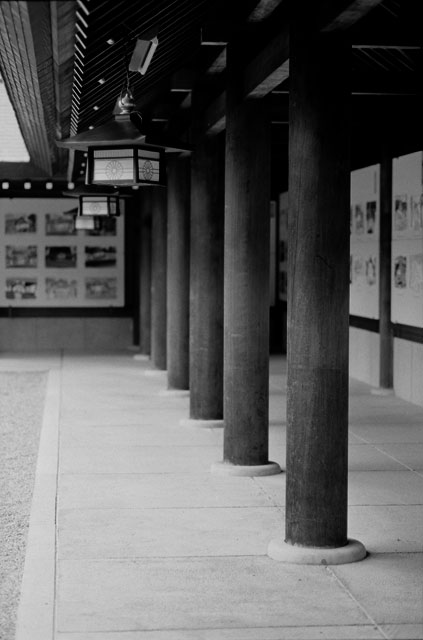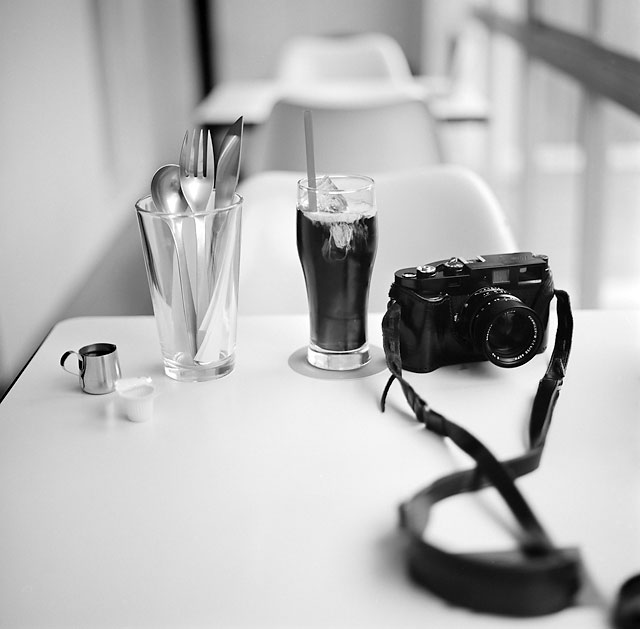dadsm3
Well-known
I've noticed that some members like to dilute their Rodinal 1:25, 1:50, and some 1:100. I was just wondering what the benefit or effect is of a very thin dilution and extended developing time?
Thanks,
Mike
Thanks,
Mike
Socke said:Especialy 1:100 is interesting, I have a roll HP5+ here and can't find times for Rodinal at 1:100. My tank takes 450ml so the 4.5ml Rodinal may be just sufficient, but how long to develop?
Trius said:Agree with Titrisol about stand/semi stand development. Agitation is often not appreciated for its effect on grain.
Mike, 15 minutes would be too short for HP5 at 1:100. I'd go 20 or so.




derevaun said:I've settled on 1:100 for 40 minutes, agitating every ten minutes with four or so inversions. I go with the assumption that the shadows are going to develop to their potential, and that contrast (highlight density) increases proportionally to overall agitation. If I want strong contrast, I do more initial agitation.
I've gotten consistent results with 3ml of Rodinal for a 36 exposure roll of 135. I usually use more total volume just to have the tank about 2/3 full.

